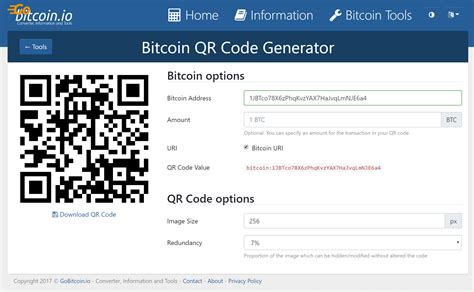Getting Started with Bitcoin Node Interactions: A Guide to Bitcoin APIs
Bitcoin is a decentralized digital currency that relies on complex cryptographic techniques, including the underlying blockchain protocol. To gain insight into the network’s behavior and improve our understanding of how it works, interacting with the node itself via APIs (Application Programming Interfaces) is a great approach. However, accessing certain nodes or data may be restricted due to security measures. Fortunately, we’ll provide you with a step-by-step guide on how to access Bitcoin node inputs through different programming languages.
Choosing the Right API
To get started, choose an API that provides access to the network state and Bitcoin transactions. The most commonly used APIs are:
- Bitcoin-Node API

: This is the official API for accessing Bitcoin nodes. It allows you to retrieve information about block headers, transaction results, and more.
- Open Bitcoin Network: The Open BNB Network (OBN) is a fork of the Bitcoin network that provides an alternative API for interacting with nodes.
For this article, we will focus on using the Bitcoin-Node API.
Setting Up the Environment
Before you start coding, make sure you have:
- A cryptocurrency wallet and a node connected to it.
- The
curlor Python library of your choice installed (we recommend usingrequestsfor Python).
- Basic programming knowledge in C
or Python.
Retrieving Block Headers and Transaction Output
Here is an example of how you can use the Bitcoin-Node API in Python:
import requests
from cryptography.hazmat.primitives import serialization, hashes
from cryptography.hazmat.backends import default_backend
from bitcoinlib.crypto import privkey_to_p2sh_script, pubkey_to_bytes
Set the node URL and credentialsnode_url = "
username = "username"
password = "yourpassword"
Create a PGP key pair for signing scriptspgp_key = serialization.load_der_x509_certificate(
filename="path/to/your-private-key.pem", backend=default_backend()
)
def get_block_header(node_url, username, password):
headers = {"Authorization": f"Basic {username}:{password}"}
response = requests.get(f"{node_url}/block.header", headers=headers)
return response.json()
def get_transaction_output(node_url, block_header_json, transaction_id):
headers = {"Authorization": f"Basic {username}:{password}"}
response = requests.get(f"{node_url}/txout/{transaction_id}", headers=headers)
return response.json()
Usage example:block_header = get_block_header(node_url, username, password)
print(block_header)
transaction_output = get_transaction_output(node_url, block_header['header'], "your-transaction-id")
print(transaction_output)
Putting it all together
To put everything into one function, you can create a class that handles node interactions. Make sure to replace the placeholder values (e.g. node_url, username, and password) with your actual credentials.
“`python
import requests
from cryptography.hazmat.primitives import serialization, hashes
from cryptography.hazmat.backends import default_backend
class BitcoinNodeAPI:
def __init__(self):
self.node_url = “
self.username = “yourusername”
self.password = “yourpassword”
def get_block_header(self):
headers = {“Authorization”: f”Basic {self.username}:{self.password}”}
response = requests.get(f”{self.node_url}/block.header”, headers=headers)
return response.json()
def get_transaction_output(self, block_header_json):
headers = {“Authorization”: f”Basic {self.username}:{self.password}”}
response = requests.get(f”{self.

